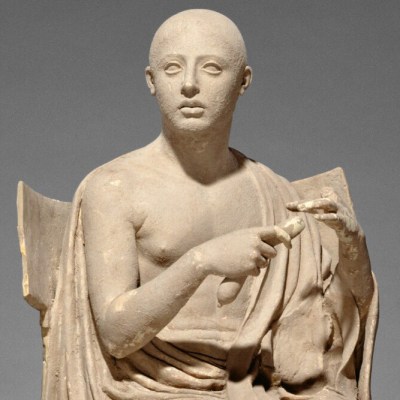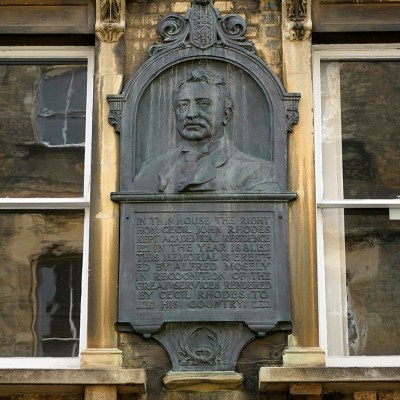The architectural historian Mark Girouard has died at the age of 90. Girouard was renowned for his conviction that architectural history and social history go hand in hand – an approach already evident in early and influential books on the Elizabethans, published while Girouard was working as architecture editor for Country Life in the 1960s, which came to fruition in the following decade with two masterful studies: The Victorian Country House (1971) and Life in the English Country House: A Social and Architectural History (1978). The latter, which won the Duff Cooper Memorial Prize, traced the history of the English Country House from the 12th century to the 20th, considered country houses from the 12th–20th century in light of the lives of those who designed, built and lived in them – both upstairs and downstairs. Later decades brought books on The English Town (1990), Alfred Waterhouse and the Natural History Museum (1981), and an acclaimed biography of James Stirling (1998). Girouard was also a staunch campaigner for preserving built heritage; he was founding chairman of the Spitalfields Historic Buildings Trust in 1977. Girouard’s comprehensive Biographical Dictionary of English Architecture, 1540-1640 was published last autumn.
A new law will require museums in New York State to prominently acknowledge where works on display were stolen during the Nazi era. The law, signed by New York Governor Kathy Hochul, specifies that works should be accompanied by a sign detailing their provenance; within its definition of stolen works the legislation includes works that were subjected to forced sale.
Researchers at the National Gallery of Art in Washington, D.C., have confirmed the previously contested attribution of Vermeer’s Girl with a Red Hat (1666–67). The work is one of two disputed paintings in the NGA’s collection that have been examined using imaging techniques ahead of the exhibition ‘Vermeer’s Secrets’ (8 October–8 January 2023); evaluation of the authorship of Girl with a Flute (1665–75) will be revealed before the opening of the exhibition. Meanwhile, the University of Michigan has determined that a manuscript believed to be by Galileo is in fact a 20th-century fake. Nick Wilding, a scholar working on a Galileo biography, told a curator at the library earlier this year that he believed it to be the work of Tobia Nicotra, who was jailed for two years for forgery in the 1930s.
The Metropolitan Museum of Art in New York has returned two sculptures in its collection to the government of Nepal. Both works – a 13th-century wooden temple strut, and a 10th-century stone sculpture – were given to the museum in the 1990s. Also this week, the New York Times reports that officials in Cambodia believe that no fewer than 33 works in the Met’s collection were looted by prolific smuggler Toek Tik, who died last year.



